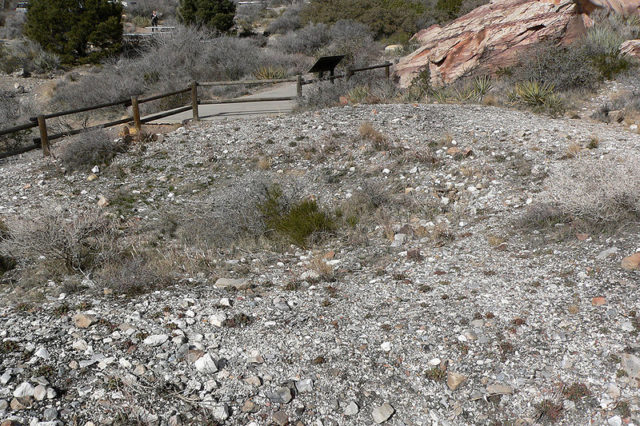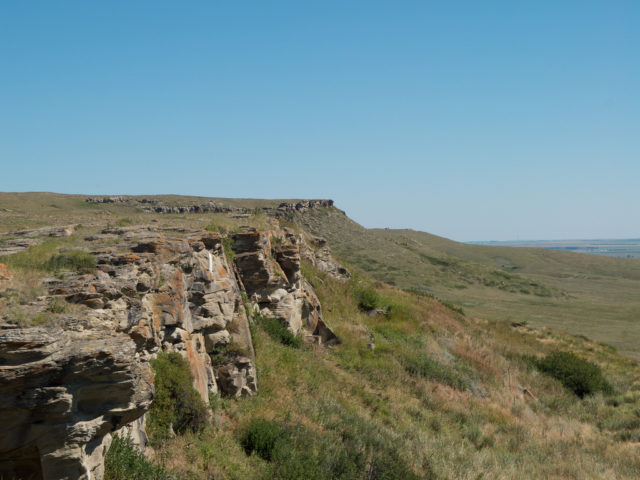According to a few archaeologists, a 1,600-year-old, deliciously meaty feast has been found still intact. The Rocky Mountains, Alberta Canada, is not only home to the UNESCO World Heritage Site and picturesque mountains- the region is now the site of an archaeological discovery. Archaeologists say that they are unable to determine the type of meat and will only be able to provide further details after a proper investigation.
The discovery was made at the foothills of the Head-Smashed-In Buffalo Jump. It is close to UNESCO World Heritage Site, Blackfoot First Nation territory. This precipice was utilized for buffalo hunt by indigenous people for over 6000 years.

They did so by driving the wild animals over the cliff edge. Dressed as coyotes and wolves, the indigenous people would stalk buffalo, storming the plains and driving the hordes of buffalo over the 11-meter precipice to their death below.
Archaeologists often must look for signs of any human settlements. One of the key signs are earth ovens, which are cooking pits, basically, holes dug into the ground. Basically, they are holes designed to trap heat, steam, and smoke. Once the heat is trapped inside it, it can be used for the baking and cooking of the meal. “In this way, the meat would cook to the point it would fall off the bone”- said Bob Dawe, an archaeologist at the site.
Fire-heated rocks were placed in this pit and the pit was lined with rocks and willows. Then the inhabitants would place the meal in the pit, cover it with fire rocks and vegetation. In this way, the meal would cook and taste exceptionally delicious. This was a sure way to cook a quality meal.
The pit site was discovered in 1990 by the archaeologist Rob Dawe, who at the time realized that it was not the appropriate time to excavate the site. In order not to damage any valuable and irreplaceable artifacts, he carefully covered the area and planned to return at the right time.

The excavation process had to occur at an appropriate time to preserve delicate artifacts. The process needed to be carefully completed in order to extract the findings intact. As such, the process took time as the archaeological team had to dig through layer upon layer of dirt, bones, and artifacts, all of which had been there for over 1600 years.
The CBC reported that after a blessing from a local traditional elder, the site was covered in layer upon layer of plaster, burlap, and foil. Thereafter, the area of ground was excavated with the use of a crane, as reported by Ancient Origins.
The kitchen table top sized artifact was successfully removed and then relocated to the Royal Alberta Museum, where it will undergo a careful examination.
Read another story from us: Pedro – The mysterious tiny mummy from the mountains in Wyoming
Yet, archaeologists are still perplexed by the mystery of the abandoned meal.
